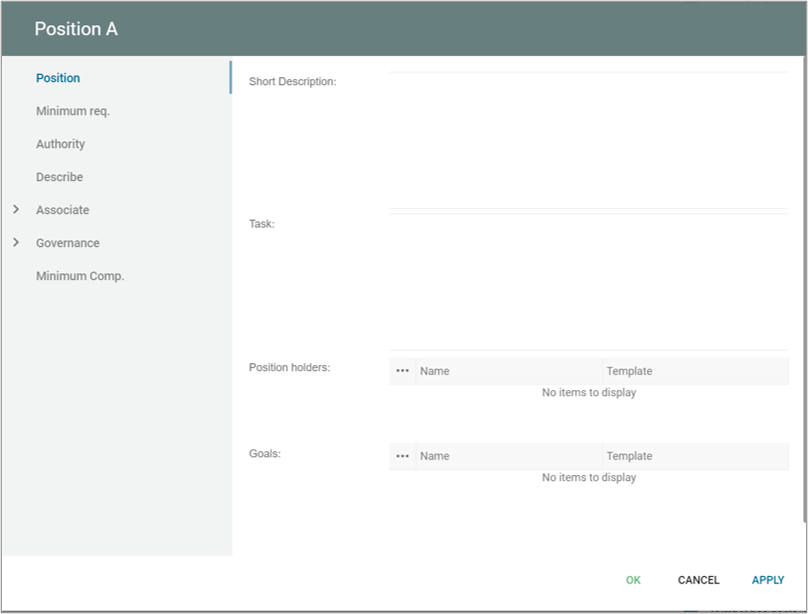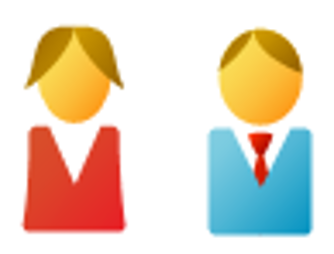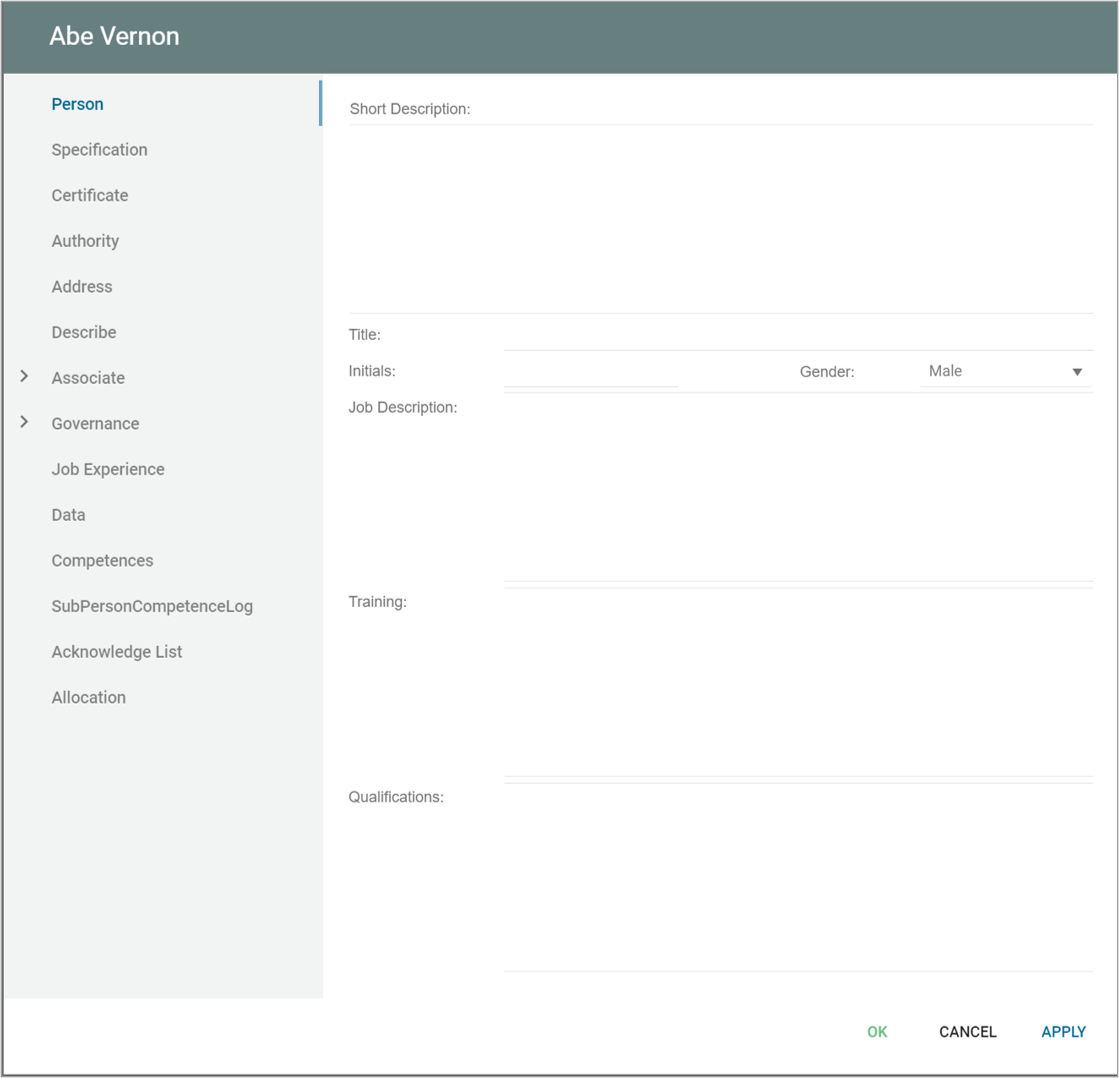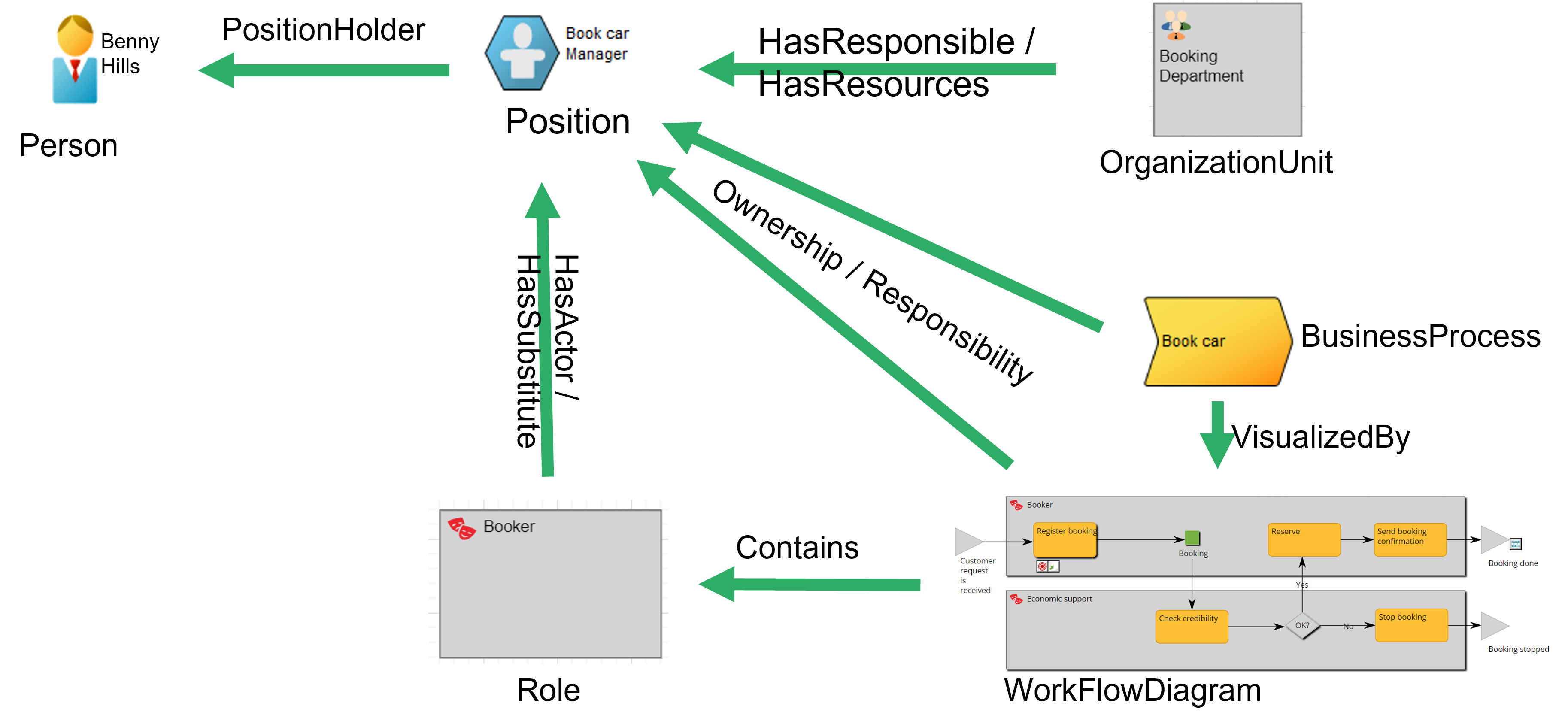The symbol “Position” represents a specific job or role within an organization. It can be used to identify the specific positions within an organizational chart or to represent the responsibilities and duties associated with a particular job. The symbol may include information such as the job title, task and the position holders. The symbol is often used in combination with other symbols and shapes to create an overall picture of an organization’s structure and operations.



